


Copyright © 2020 M.Kenny, A.McGuire and E.Jones. All Rights Reserved
No parts of this website maybe copied or reproduced without permission












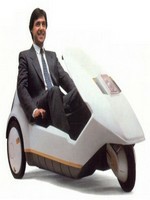
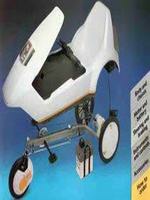
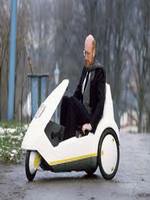
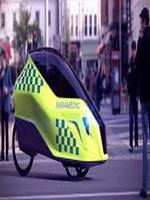
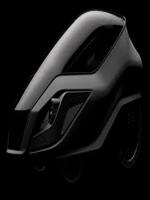
An iconic or classic design is often considered the original, it is often emulated
or copied by other designers and can still be seen in use today. It is also a design
that has its place in history, or even helped change history itself. The Sinclair
Research C5 was a battery electric vehicle invented by Sir Clive Sinclair and launched
by Sinclair Vehicles Ltd in the United Kingdom on 10 January 1985. The vehicle was
a battery-
It was symbolic as it became an object of media and popular ridicule during 1980s
Britain and was a commercial disaster, selling only around 17,000 units, although
according to Sinclair, it was "the best selling electric vehicle“ until November
2011 when the Nissan Leaf had sold over 20,000 units. Sinclair had become one of
the UK's best-
It has a rich provenance as Sir Clive Sinclair was one of the countries leading designers and innovators of the time. He started to think about electric vehicles as a teenager, and it was an idea he toyed with for decades. In the early 1970s Sinclair Radionics was working on the project. As time went on, the Sinclair Research C5 development cost gradually increased. In March 1983, Sinclair sold some of his shares in Sinclair Research Ltd and raised £12 million to finance vehicle development. He teamed up with Lotus the sports car ton develop a revolutionary chasis and developed the worlds largest injection moulded car body at the time.
It was unique as it was one of the first ventures into electric cars with lots of new technology. In May a new company, Sinclair Vehicles Ltd, was formed out of Sinclair Research and a development contract entered with Lotus to take the C5 design to production. At the same time, the Hoover Company at Merthyr Tydfil contracted to manufacture the C5. This, together with the fact that the motors were made by Polymotor in Italy, started the urban myth that the C5 was powered by a washing machine motor.
People remember it for becoming "one of the great marketing bombs of postwar British industry.1985, the C5 was unveiled at a glitzy launch event but it received a less than enthusiastic reception from the British media. Its sales prospects were blighted by poor reviews and safety concerns expressed by consumer and motoring organisations. The vehicle's limitations – a short range, a maximum speed of only 15 miles per hour (24 km/h), a battery that ran down quickly and a lack of weatherproofing – made it impractical for most people's needs. It was marketed as an alternative to cars and bicycles, but ended up appealing to neither group of owners.